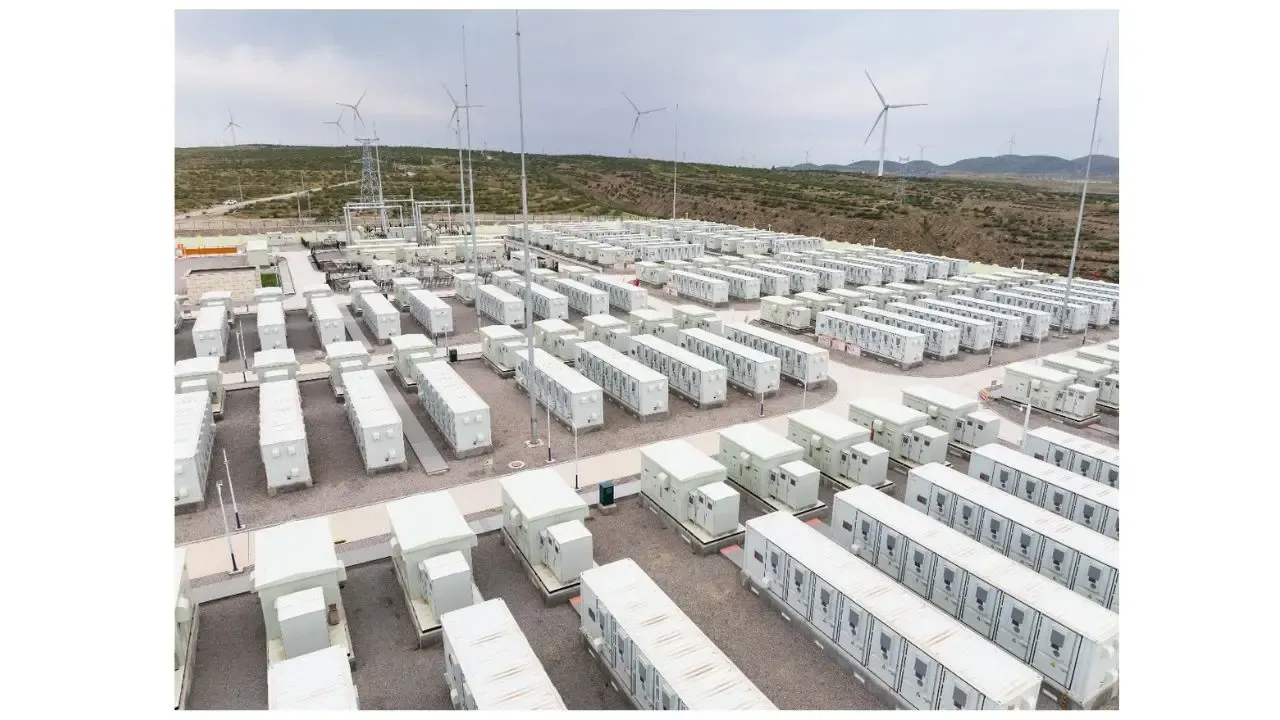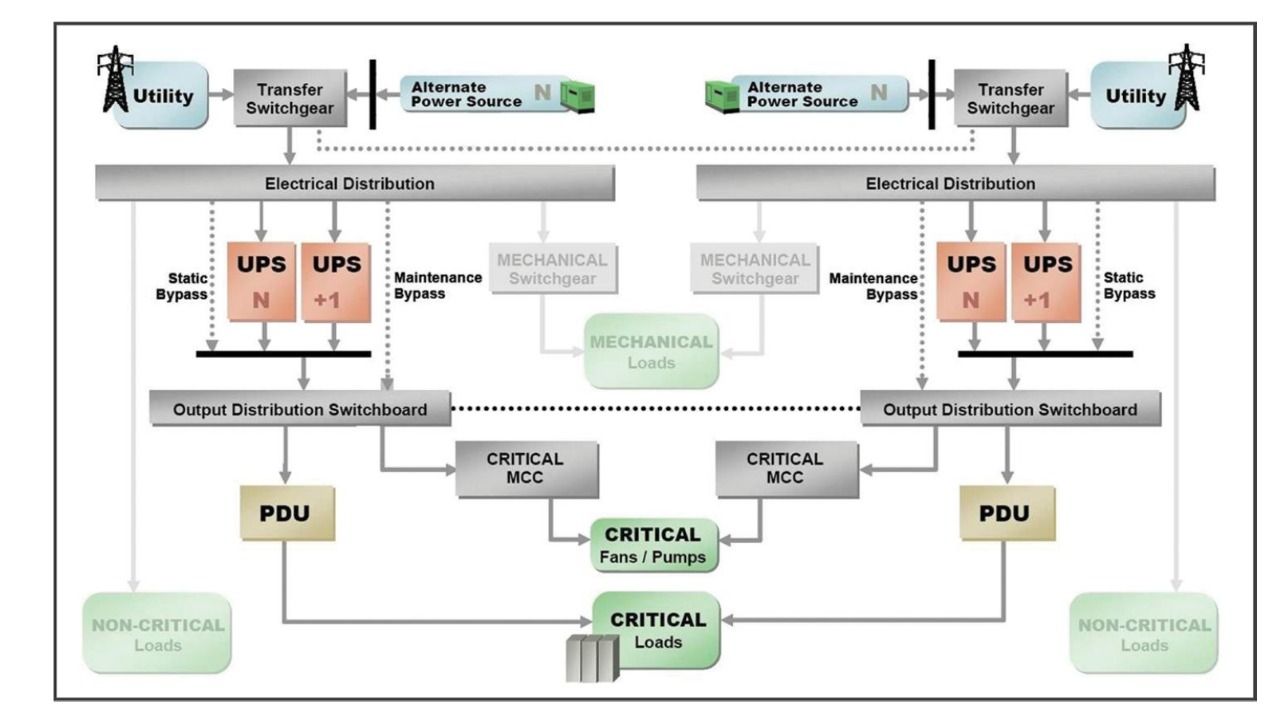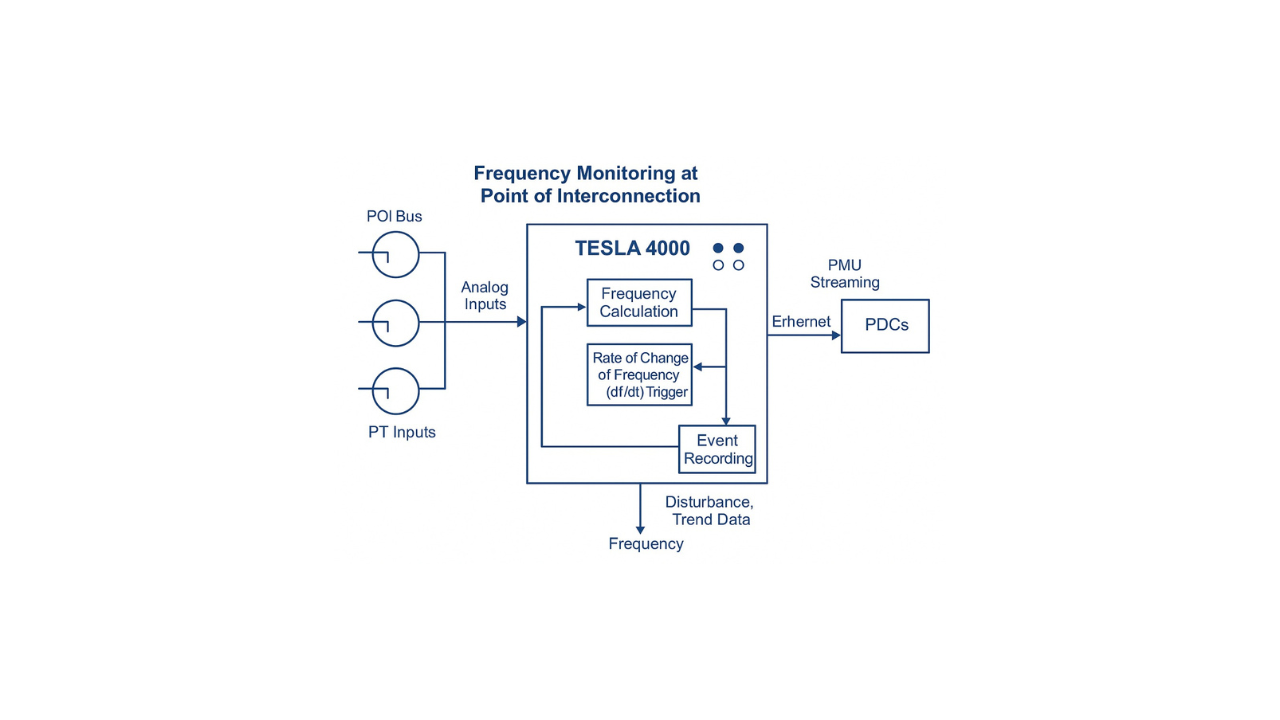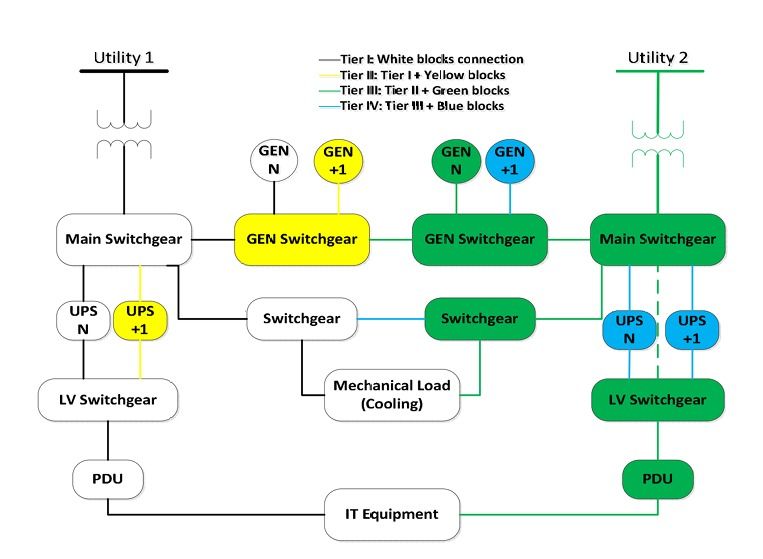A Coordinated Electric System Interconnection Review—the utility’s deep-dive on technical and cost impacts of your project.
Challenge: Frequent false tripping using conventional electromechanical relays
Solution: SEL-487E integration with multi-terminal differential protection and dynamic inrush restraint
Result: 90% reduction in false trips, saving over $250,000 in downtime
A Comprehensive Guide to Environmental Compliance in California (CEQA 2023)
July 24, 2025 | Blog
Introduction
The California Environmental Quality Act (CEQA) has long served as a cornerstone of environmental compliance and regulation in California. For decades, it has ensured that government agencies thoroughly assess and disclose the environmental impacts of development projects before granting approvals.
The
CEQA Handbook 2023 offers the latest updates to statutory requirements, procedural refinements, and legal interpretations—reinforcing how California continues to lead in environmental review standards.
This guide provides a comprehensive overview of the key components outlined in the 2023 CEQA Handbook, including critical legal precedents, required environmental documentation, agency responsibilities, and how all stakeholders—from city planners and environmental consultants to private developers—can navigate the CEQA review process with confidence and legal compliance.
What Is CEQA?
The California Environmental Quality Act (CEQA), enacted in 1970, requires that state and local agencies evaluate environmental impacts before approving any public or private development projects.
CEQA’s central goals are to:
- Disclose environmental impacts of proposed actions
- Avoid or reduce those impacts through feasible alternatives or CEQA mitigation measures
- Foster public participation in the environmental decision-making process
The
2023 CEQA Handbook reinforces CEQA’s original mission—not just to document potential impacts but to
encourage sustainable, environmentally responsible planning at every project stage.
For guidance on regulatory engineering and compliance, explore our
Power System Studies or
Substation Design Services.
CEQA’s Three-Tiered Review Process
Under the California Environmental Quality Act (CEQA), the environmental review process is structured into three main levels depending on the potential environmental impact of a project:
a. CEQA Exemptions
Certain projects are statutorily or categorically exempt from CEQA review. Common examples include:
- Ministerial projects (e.g., business license issuance)
- Emergency repairs to public infrastructure
- Small-scale infill development in urbanized areas
These CEQA exemptions are designed to streamline approvals for low-impact or routine activities.
b. Initial Study (IS)
When a project is not exempt, an Initial Study (IS) is conducted to evaluate potential environmental impacts. Based on findings, the agency may issue:
- A Negative Declaration (ND) if no significant environmental effects are anticipated.
- A Mitigated Negative Declaration (MND) if impacts are identified but can be reduced through feasible mitigation measures.
This tier ensures responsible planning without the need for a full EIR if impacts can be controlled.
c. Environmental Impact Report (EIR)
If the Initial Study identifies potentially significant impacts, a comprehensive Environmental Impact Report (EIR) is required. The EIR is CEQA’s most detailed and rigorous document and must include:
- A complete project description
- An assessment of the environmental baseline
- Impact analysis across various categories
- Evaluation of project alternatives
- Clearly defined mitigation strategies
Learn how we support developers with regulatory studies by exploring our NERC Compliance Services or POI Interconnection Engineering Support.
Lead, Responsible, and Trustee Agencies
The 2023 CEQA Handbook emphasizes the importance of clearly identifying the roles of all involved government entities in the CEQA environmental review process:
- Lead Agency: Oversees CEQA compliance and is responsible for preparing environmental documents (e.g., EIRs or MNDs).
- Responsible Agency: Approves or funds a portion of the project but does not lead the environmental review.
- Trustee Agency: Holds jurisdiction over resources potentially affected by the project (e.g., the California Department of Fish & Wildlife).
Accurate designation of these agencies is essential to maintain procedural compliance, prevent delays, and ensure a coordinated environmental impact assessment.
Determining Project Significance
Determining environmental significance is a critical component of CEQA compliance. The evaluation considers several key factors:
- Context: Whether the project is in an urban or rural setting, and the scope and scale of its impacts.
- Thresholds of Significance: These thresholds—often established by state or local regulatory standards, such as GHG emission limits set by the California Air Resources Board—help identify when an impact is considered significant.
- Cumulative Impacts:
CEQA requires consideration of a project’s combined environmental impacts with past, present, or foreseeable future projects.
To guide this process, Appendix G of the CEQA Guidelines provides a standardized environmental checklist for evaluating significance across various categories such as air quality, noise, traffic, and more.
2023 Legal Cases Shaping CEQA
The 2023 CEQA Handbook outlines key court decisions from 2022 that significantly influence how CEQA regulations are interpreted and enforced:
- G.I. Industries v. City of Thousand Oaks:
Clarified the evaluation of waste disposal impacts under CEQA.
- County of Butte v. Dept. of Water Resources:
Addressed the adequacy of environmental baseline data used in EIRs.
- Southwest Regional Council of Carpenters v. City of Los Angeles: Reaffirmed the importance of a thorough cumulative impact assessment.
These cases highlight the legal expectation for accurate, defensible environmental documentation and reinforce the need for a strong administrative record throughout the CEQA process.
The Role of Public Participation
Public participation in CEQA is a foundational requirement, ensuring transparency and accountability in the
environmental review process. CEQA mandates robust engagement through:
- Public scoping meetings to identify environmental issues early
- Written public comments on Draft Environmental Impact Reports (EIRs)
- Formal responses to comments in Final EIRs
Government agencies must demonstrate that they have considered and addressed public concerns, a common focal point in CEQA-related litigation.
For projects involving public infrastructure or energy development, Keentel provides
Owner’s Engineer Services to support stakeholder coordination and regulatory alignment.
Mitigation, Monitoring, and Reporting
CEQA requires all
environmental mitigation measures to be:
- Feasible within the project’s scope and budget
- Clearly defined in writing
- Legally enforceable by the reviewing agency
For any project with an EIR or Mitigated Negative Declaration (MND), a Mitigation Monitoring and Reporting Program (MMRP) is mandatory. This program ensures that all mitigation actions are implemented and tracked throughout the project lifecycle.
CEQA vs. NEPA: Understanding the Differences
When a project involves federal funding or approval, both CEQA and NEPA compliance may be required. Here's how they differ:
| Feature | CEQA | NEPA |
|---|---|---|
| Document Type | EIR / MND (Environmental Impact Report / Mitigated Negative Declaration) | EIS / EA (Environmental Impact Statement / Environmental Assessment) |
| Lead Agency | State or local agency | Federal agency |
| Decision Standard | Mitigation required if feasible | Mitigation not required, only considered |
The 2023 CEQA Handbook encourages joint CEQA–NEPA document preparation where applicable, helping streamline reviews and reduce redundancy in environmental assessments.
Programmatic vs. Project-Level Review
CEQA distinguishes between two core environmental review types:
- Program EIRs: Broad environmental documents used for overarching policies, agency programs, or regional development plans.
- Project EIRs:
Site-specific reports focused on the environmental impacts of a single, defined development.
The 2023 CEQA Handbook supports the principle of CEQA tiering, where detailed project-level analyses build upon prior programmatic environmental reviews. This layered approach enhances efficiency and reduces duplication in California environmental compliance.
CEQA Streamlining and SB 35
To encourage sustainable development and affordable housing in California, CEQA offers streamlining provisions for qualifying projects. These include:
- Infill development exemptions for small-scale urban projects
- SB 35 ministerial approval pathways for housing that meets affordability and zoning criteria
- CEQA Guidelines §15183, which allows exemptions for projects consistent with a certified General Plan EIR
Such CEQA streamlining tools accelerate project approvals while maintaining environmental due diligence.
Climate Change and CEQA
Addressing climate change impacts under CEQA remains a top regulatory priority. Agencies must:
- Quantify greenhouse gas (GHG) emissions using accepted models like CalEEMod
- Compare emissions against local or state GHG thresholds of significance
- Demonstrate consistency with adopted GHG reduction plans or climate action strategies
The 2023 CEQA Handbook reinforces the need for projects to provide defensible GHG analysis in all applicable environmental impact reports.
Technical Appendices: Appendix G and Beyond
To support accurate environmental assessments, the handbook includes updated versions of:
- Appendix G: Comprehensive CEQA Initial Study Checklist
- Appendix F: Guidelines for Energy Consumption Analysis
- Appendix D: Emissions criteria for GHG impact assessments
These appendices are critical tools for CEQA consultants, engineers, and environmental planners conducting technical analysis and documentation.
CEQA Challenges and Litigation
Common CEQA legal challenges involve allegations of:
- Inadequate environmental impact analysis
- Failure to adopt feasible mitigation measures
- Insufficient public notification or access to documents
To mitigate CEQA litigation risks, agencies must maintain comprehensive administrative records and provide timely, detailed responses to public comments throughout the EIR process.
Electronic and Digital Tools
The 2023 CEQA Handbook emphasizes the integration of digital tools in environmental review to enhance transparency and stakeholder participation. It promotes the use of:
- Online public notices for broader access and visibility
- Digital scoping materials that allow efficient document circulation
- Interactive EIR platforms to facilitate dynamic, user-friendly navigation of large environmental reports
These innovations support modern CEQA compliance by making the process more transparent, efficient, and accessible to the public and agencies alike.
CEQA Training and Certification
To ensure consistent, legally sound CEQA documentation, professional training is essential. Organizations such as the Association of Environmental Professionals (AEP) and affiliated institutions offer:
- CEQA certification programs
- Legal compliance workshops
- Specialized training for consultants and agency staff
These programs help build technical expertise and ensure agencies stay aligned with current CEQA regulations, legal precedents, and best practices in environmental impact reporting.
Frequently Asked Questions
1. What projects are exempt from CEQA?
Projects that are statutorily or categorically exempt include emergency repairs, ministerial approvals, and certain types of affordable housing (e.g., SB 35 qualified projects).
2. When is a Negative Declaration (ND) appropriate?
When an Initial Study (IS) shows the project will not cause any significant environmental impacts.
3. What triggers the need for an Environmental Impact Report (EIR)?
When there is substantial evidence or a “fair argument” that a project may cause significant environmental effects.
4. How is the Lead Agency determined under CEQA?
It is the agency with primary authority and responsibility over the project or approval process.
5. What does 'tiering' mean in CEQA?
Tiering refers to using a Program EIR (e.g., a General Plan EIR) as a base for later project-specific reviews, reducing redundancy.
6. What are CEQA thresholds of significance?
They are quantitative or qualitative criteria used to assess environmental impact severity (e.g., air quality or noise levels).
7. How are cumulative impacts assessed?
By evaluating the project’s impact alongside other nearby developments, both past and foreseeable future.
8. What is a Mitigation Monitoring and Reporting Program (MMRP)?
A required plan for tracking and enforcing mitigation measures adopted in EIRs and MNDs.
9. Can the public challenge CEQA documents?
Yes. CEQA lawsuits must generally be filed within 30 to 35 days of a project’s approval or Notice of Determination.
10. How does CEQA address climate change?
It requires GHG emissions analysis, threshold comparison, and consistency with climate action plans.
11. What is a Program EIR?
An EIR for broad policies or plans (e.g., citywide zoning or regional infrastructure).
12. Can CEQA delay housing projects?
It can. However, streamlining statutes like SB 35 aim to fast-track certain housing developments.
13. What is a CEQA Addendum?
A short document used when a project change doesn’t warrant a new EIR or MND.
14. What is a CEQA Notice of Exemption (NOE)?
A public notice filed by the lead agency confirming that a project qualifies as exempt from CEQA.
15. How are CEQA documents distributed?
Via the State Clearinghouse, agency websites, or local postings (depending on document type and audience).
16. What is Appendix G used for in CEQA compliance?
It provides a standardized checklist of environmental issue areas for impact evaluation.
17. How does CEQA integrate with NEPA?
Through joint environmental documents or parallel reviews when both state and federal agencies are involved.
18. Who enforces CEQA requirements?
CEQA is enforced through litigation, typically initiated by public agencies, community groups, or stakeholders.
19. How long does the CEQA process take?
Timelines vary: exemptions or MNDs can take weeks, while full EIRs may require over a year.
20. Can mitigation be deferred?
Only if performance standards and enforceable criteria are clearly defined at project approval.
21. What role do CEQA consultants play?
They conduct technical studies, draft IS, MNDs, EIRs, and guide agency compliance.
22. Are economic effects considered under CEQA?
Not directly—only physical environmental effects tied to economic activities are evaluated.
23. What is an Initial Study checklist?
A structured tool used to determine if a Negative Declaration or EIR is needed.
24. How is CEQA evolving?
CEQA evolves via new legislation, updated court rulings, and digital innovation (e.g., online EIR platforms).
25. Where can I find CEQA training and certification?
Programs are offered by AEP, UC Extension, and CEQA-focused legal and consulting firms.
Conclusion
The 2023 CEQA Handbook marks a significant step forward in how California approaches environmental review. With updated procedures, clarified legal interpretations, and the promotion of digital compliance tools, the new guidelines aim to streamline approvals without compromising ecological responsibility.
For city planners, developers, environmental consultants, and public agencies, understanding CEQA is not just a legal necessity—it’s a pathway to responsible, resilient development. Mastering its tiers, thresholds, and documentation requirements ensures your projects remain compliant, defensible, and community-conscious.
Need Expert Support with CEQA Compliance or Environmental Engineering?
Our team of licensed engineers and regulatory experts is ready to help you navigate complex compliance landscapes—accurately, efficiently, and on deadline.
Contact Us Today to schedule a consultation or explore our full range of NERC Compliance Services.

About the Author:
Sonny Patel P.E. EC
IEEE Senior Member
In 1995, Sandip (Sonny) R. Patel earned his Electrical Engineering degree from the University of Illinois, specializing in Electrical Engineering . But degrees don’t build legacies—action does. For three decades, he’s been shaping the future of engineering, not just as a licensed Professional Engineer across multiple states (Florida, California, New York, West Virginia, and Minnesota), but as a doer. A builder. A leader. Not just an engineer. A Licensed Electrical Contractor in Florida with an Unlimited EC license. Not just an executive. The founder and CEO of KEENTEL LLC—where expertise meets execution. Three decades. Multiple states. Endless impact.
Services

Let's Discuss Your Project
Let's book a call to discuss your electrical engineering project that we can help you with.

About the Author:
Sonny Patel P.E. EC
IEEE Senior Member
In 1995, Sandip (Sonny) R. Patel earned his Electrical Engineering degree from the University of Illinois, specializing in Electrical Engineering . But degrees don’t build legacies—action does. For three decades, he’s been shaping the future of engineering, not just as a licensed Professional Engineer across multiple states (Florida, California, New York, West Virginia, and Minnesota), but as a doer. A builder. A leader. Not just an engineer. A Licensed Electrical Contractor in Florida with an Unlimited EC license. Not just an executive. The founder and CEO of KEENTEL LLC—where expertise meets execution. Three decades. Multiple states. Endless impact.
Leave a Comment
We will get back to you as soon as possible.
Please try again later.
Related Posts







